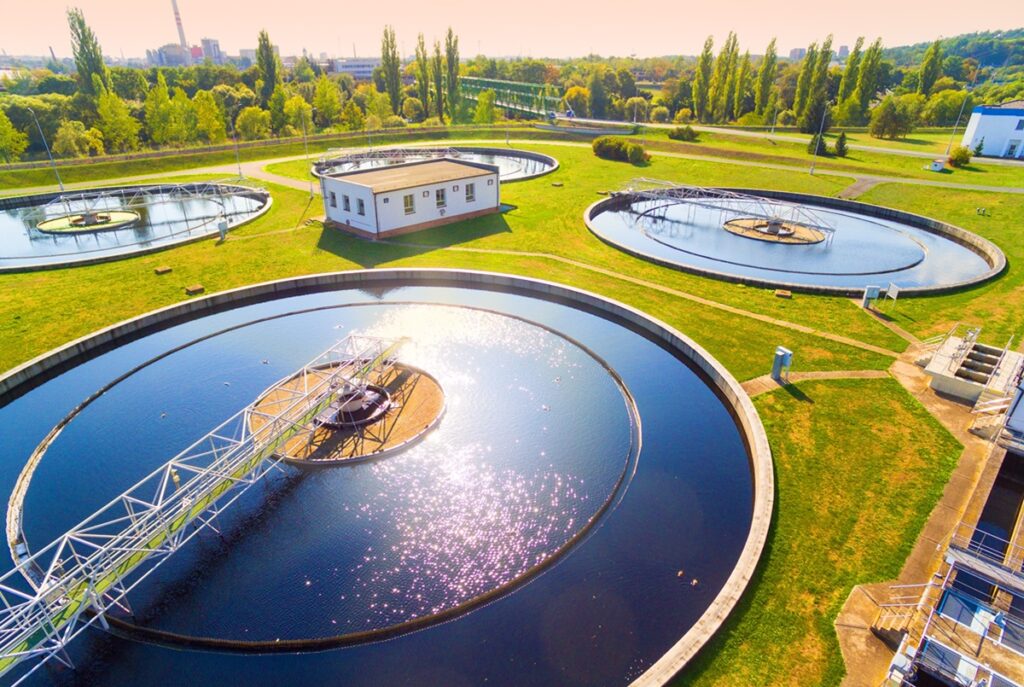
Almost all premises have a pollution exposure, from an insured’s day-to-day operations, a neighbor’s negligence of its facility, or even natural disasters triggering an event. These pollution exposures are usually excluded from General Liability or Property coverage forms, so it is important for businesses to have appropriate coverage in place that protects them from potential claims.
There are many issues that must be addressed when discussing Site Pollution coverage with your insureds:
- What has the property previously been used for?
- What will the property be used for in the future?
- What policy limit of insurance will cover your contractual needs or make you feel safe in the event of a loss?
- Are you concerned with first party triggers or will third party be enough?
- Will you want pre-existing coverage, new conditions only, or both?
Sites That Should Have Coverage
Here are just a few examples of sites that should have Site Pollution Liability in place.
Warehouse Facilities
Warehouse facilities have the potential for very unique pollution exposures due to the size of the facilities and the amount of goods typically stored on-site at any given time. From an insured’s daily operations, to the possibility of a natural disaster triggering a pollution event, it is crucial that warehouse owners and operators have adequate coverage.
Wastewater Treatment Plants
Wastewater treatment plants can be found all over the United States, and are designed to clean used water and sewage so that it can be returned safely to our environment. This wastewater comes from homes, schools, businesses, groundwater runoff, and storm water infiltration, and must be sent through several processes in order to safely remove solid particles, reduce pollutants, and restore oxygen. The chemicals and machinery used in processing wastewater and the resulting solids/sludges can cause bodily injury to workers, site explosions, pollutant discharge into the soil, water, and/or air, and a whole host of other problems that can result in an insurance claim.
Recycling Centers
As more materials are shipped to local recycling centers, these facilities are increasing their environmental exposure, sometimes without knowing it. Materials may arrive that cannot be recycled, thus proper disposal is required. The influx of goods means longer periods of storage, and the recycling machines are running for longer periods of time, consuming more fuel. In addition, more traffic on these sites may increase the potential for the accumulation of petroleum hydrocarbons in the soil.
Other
Other sites and industrial facilities needing specialized coverage include the following.
- Commercial office buildings
- Shopping centers/retail facilities
- Municipalities
- Educational facilities
- Storage sites
- Landfills
- Warehouses
- Manufacturers
- Distributors
- Property owners, operators, and managers
- Any purchasers or sellers of properties
Common Exposures for Sites and Facilities
Exposures may include:
- Unknown contaminants on site
- Contamination from neighboring properties
- Building component off-gassing, e.g., carpet glue fumes, paint emissions, wood adhesive fumes
- Leaks from fuel tanks
- Indoor air quality issues related to mold, legionella, viruses, and bacteria
- Carbon monoxide from boiler rooms, furnaces, or water heaters
- Business interruption as a result of a pollution incident that includes loss of rents
- Groundskeeping/landscaping chemical run-off
Available Coverage for Sites and Facilities
Businesses with a dedicated location should carry Site Pollution Liability. This coverage is designed to cover claims arising from pollution releases at, on, or emanating from a specific scheduled location. A “location” can be as broad as an entire piece of property or as narrow as a specified storage tank. Other lines of coverage needed for these insureds include: Contractors Pollution Liability, Transportation Pollution Liability, Non-Owned Disposal Site Coverage, Business Interruption, Storage Tank Liability, etc.

